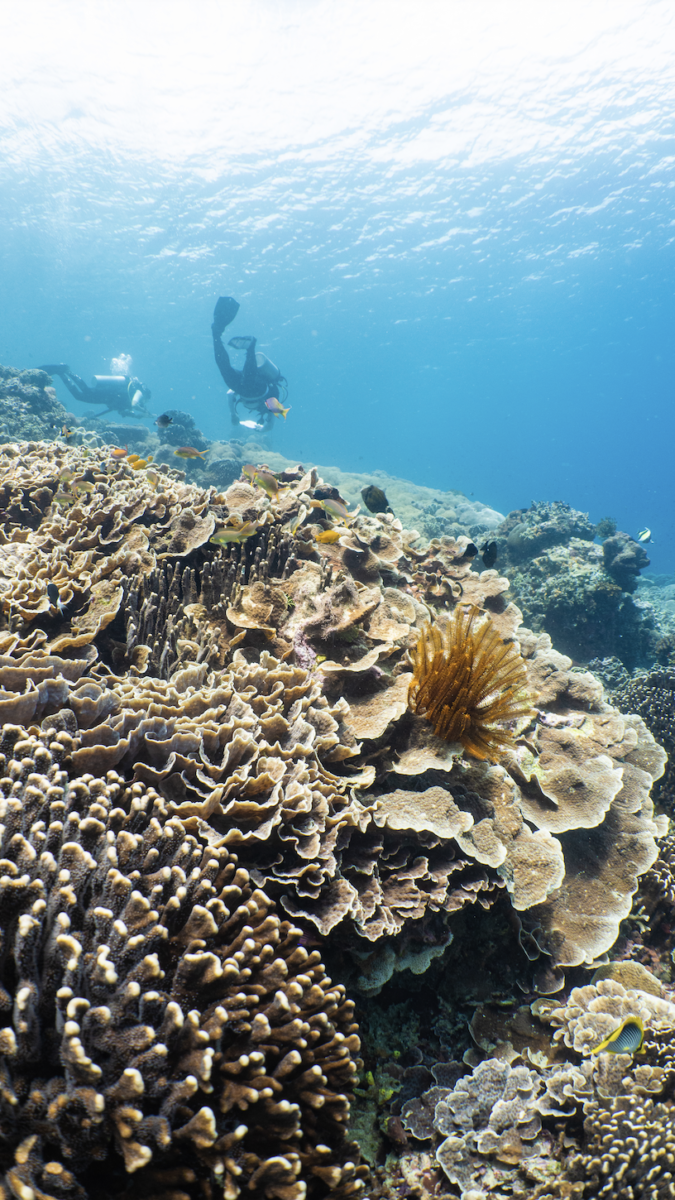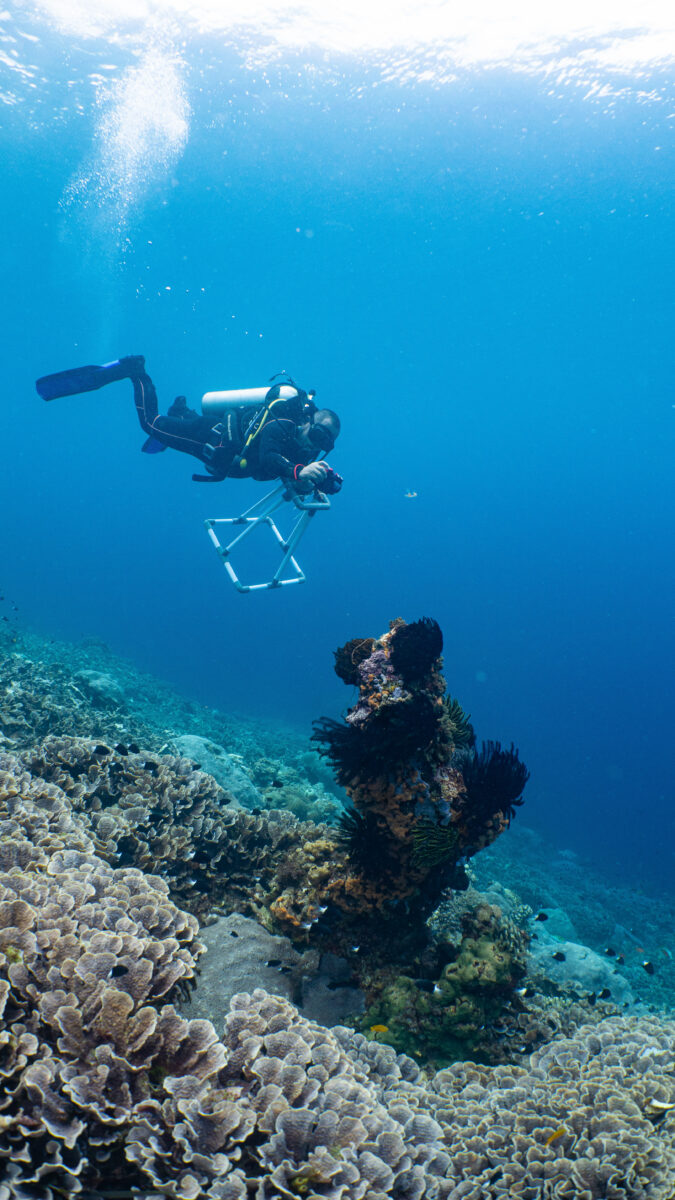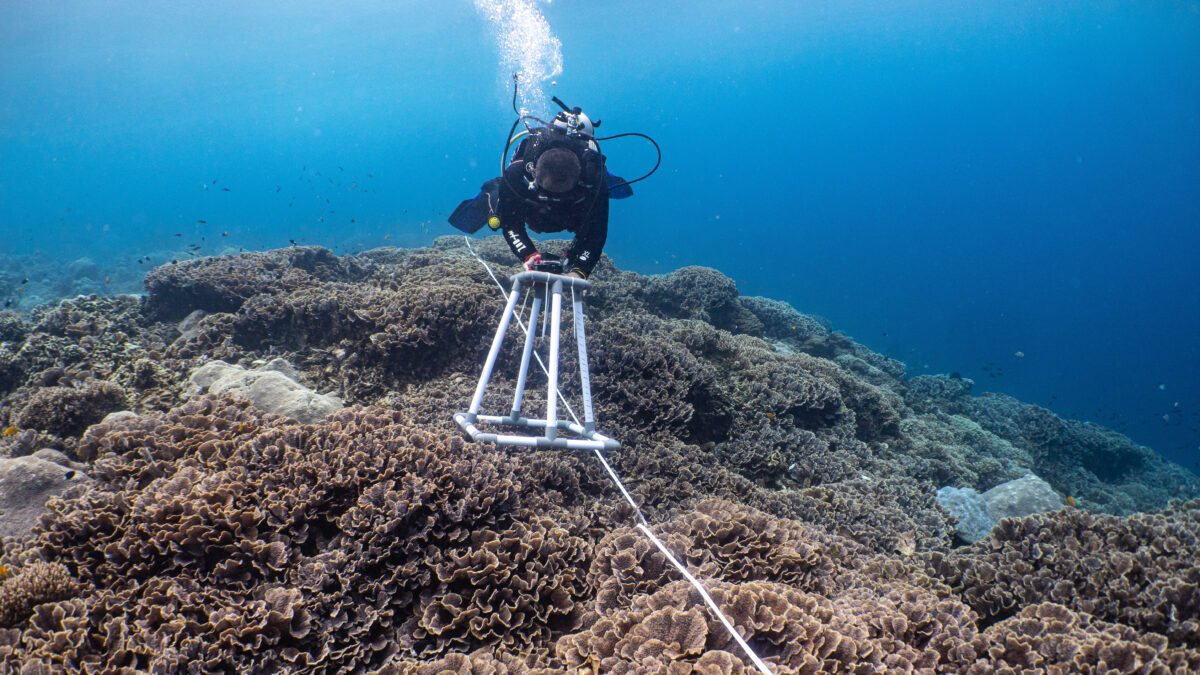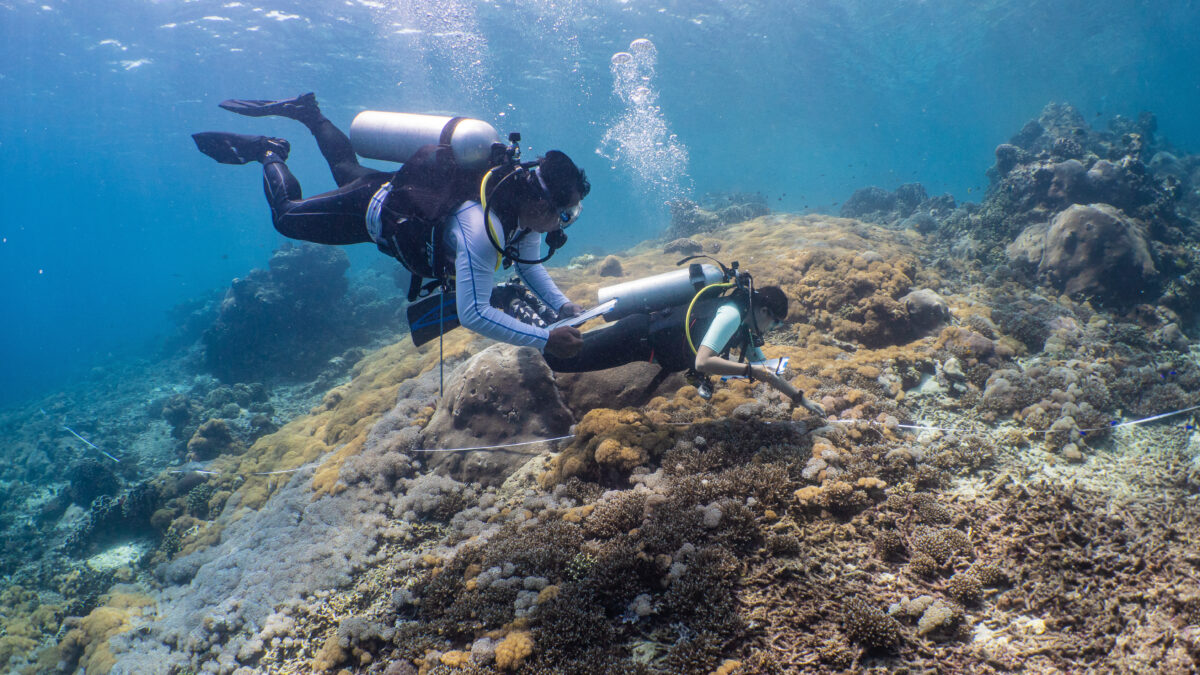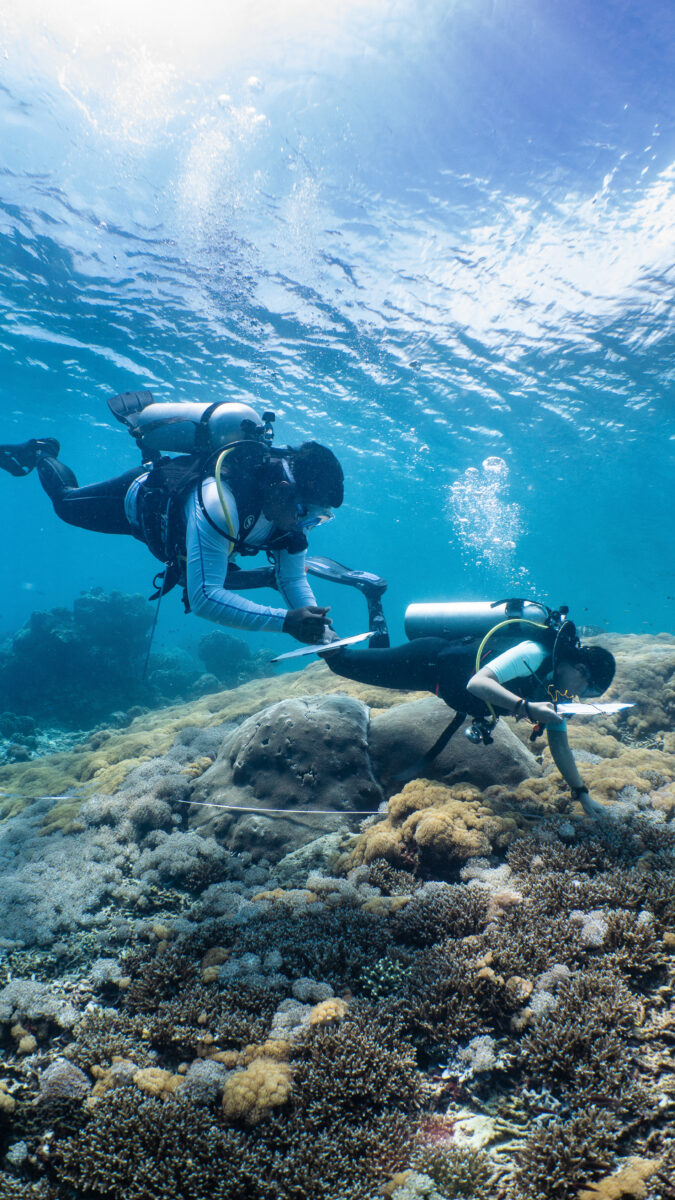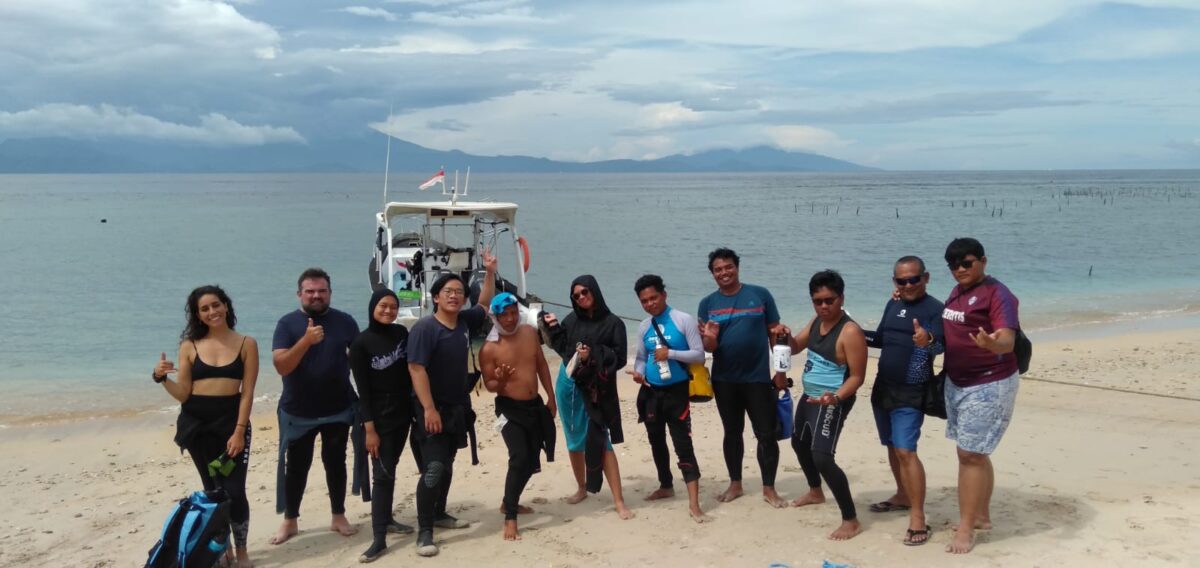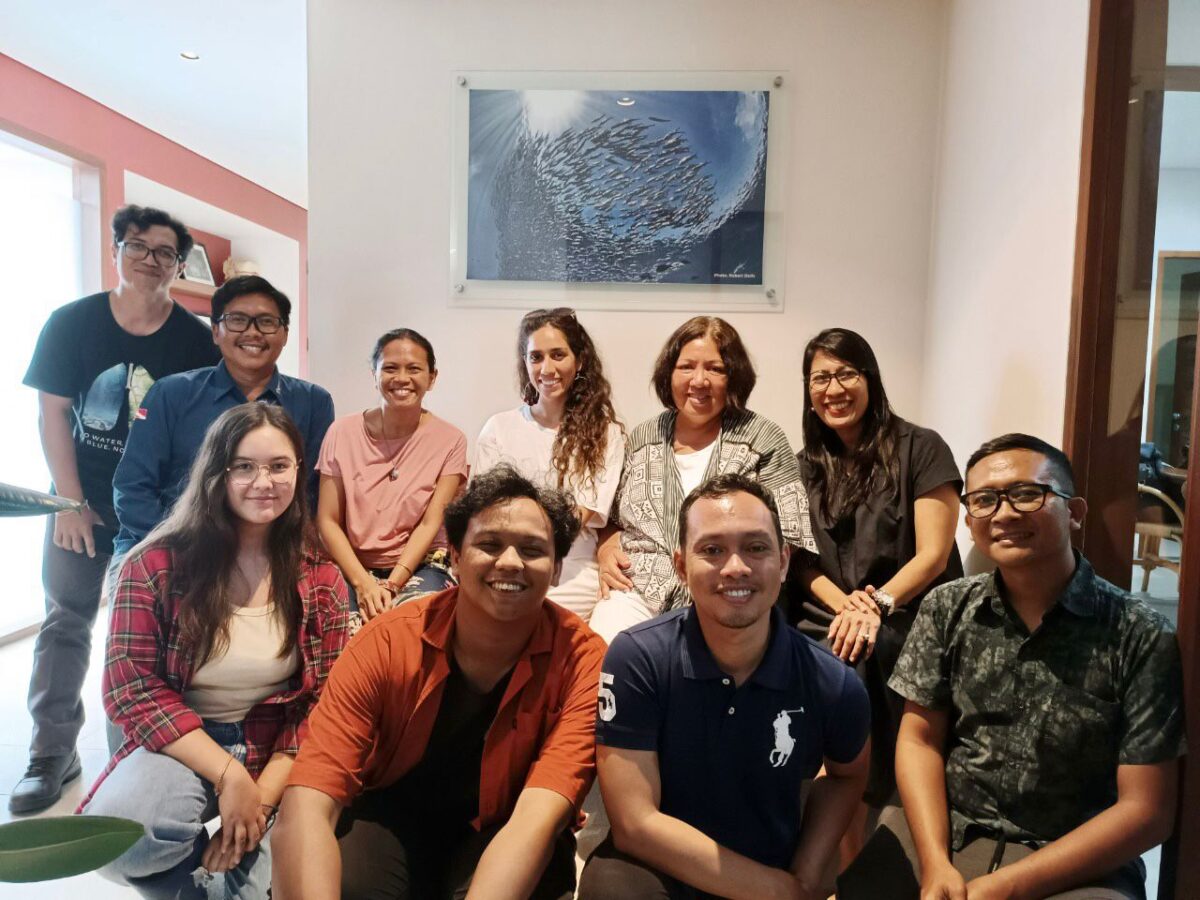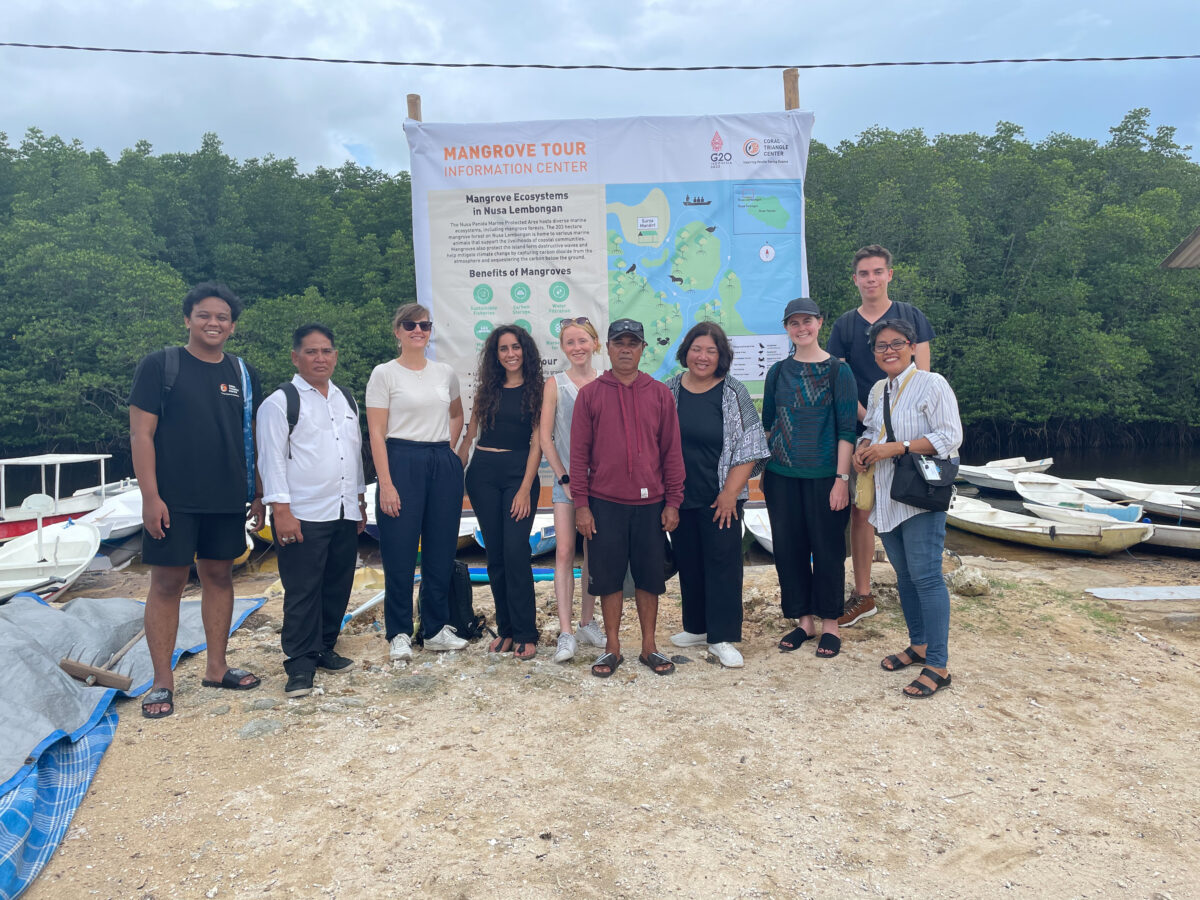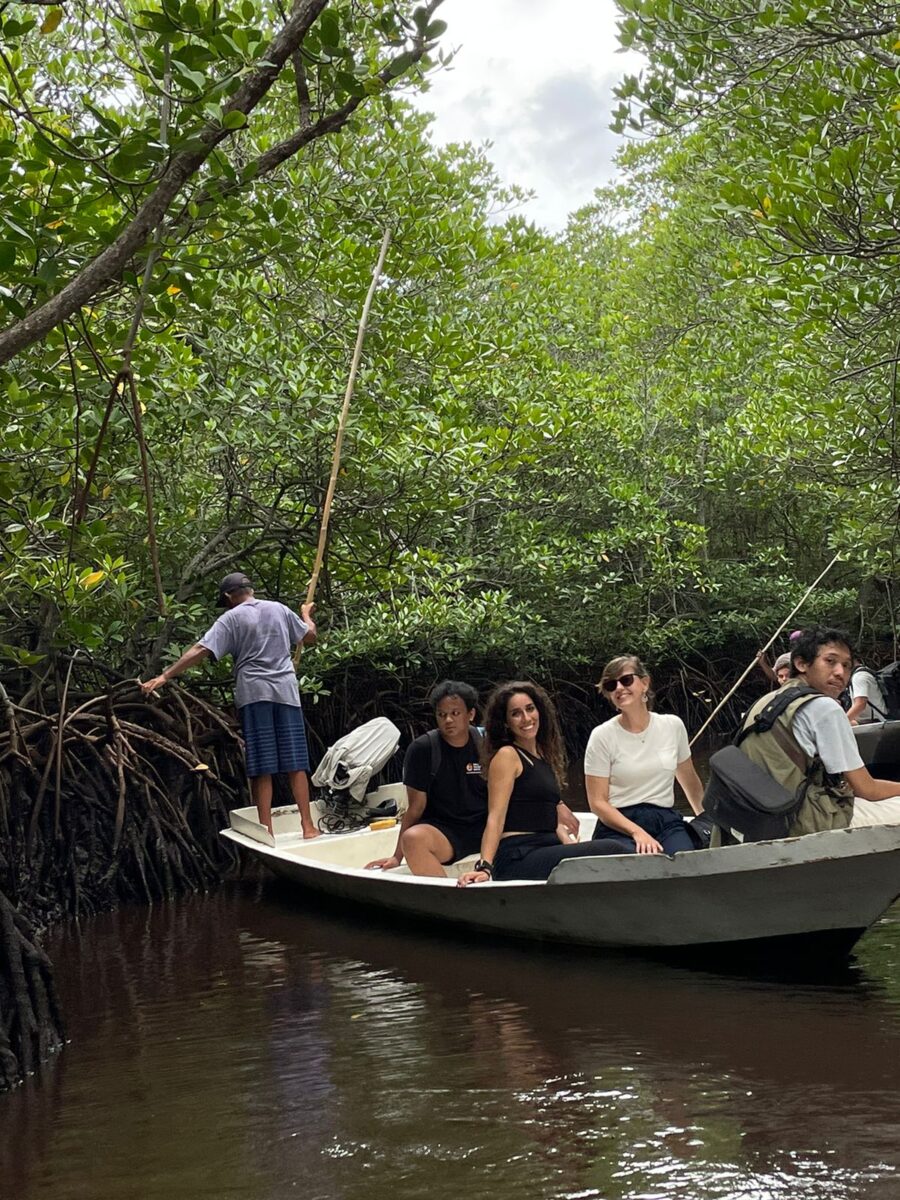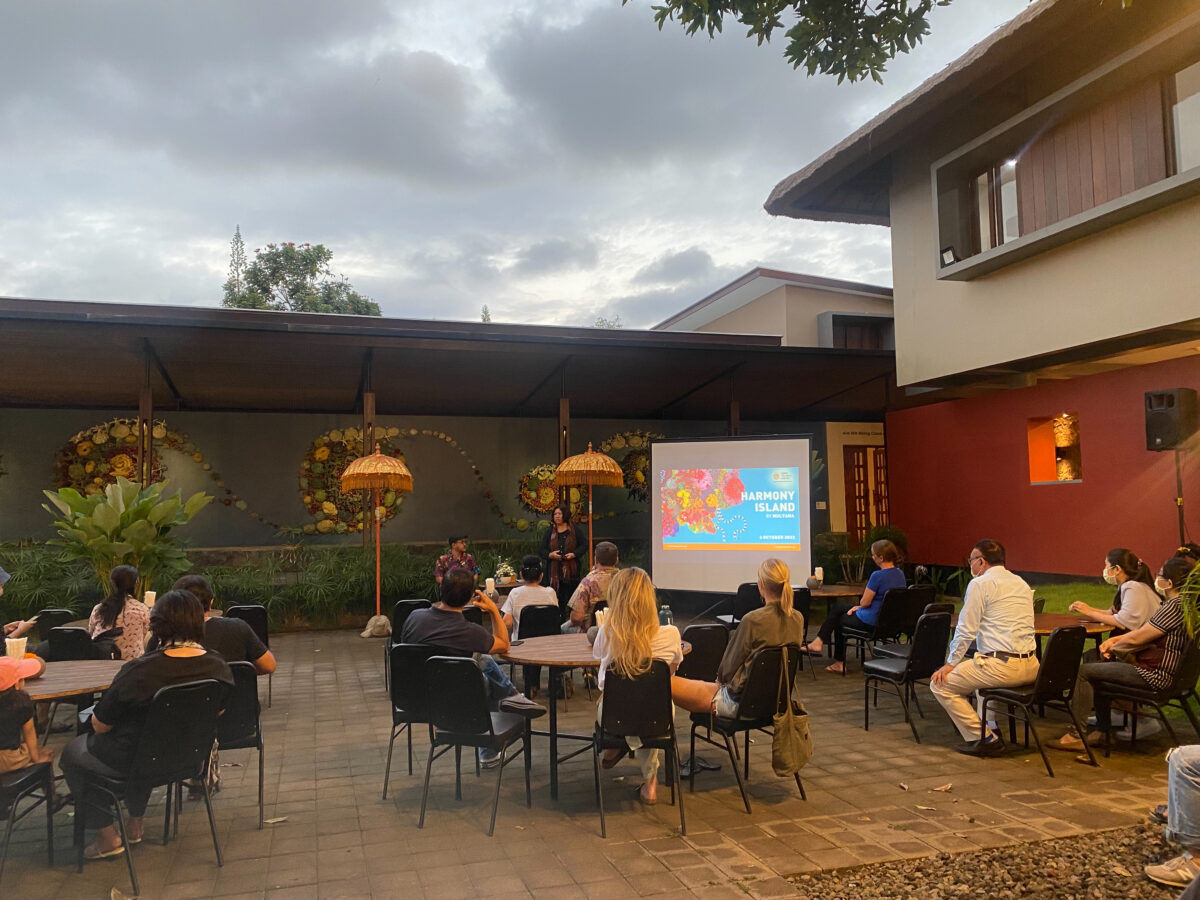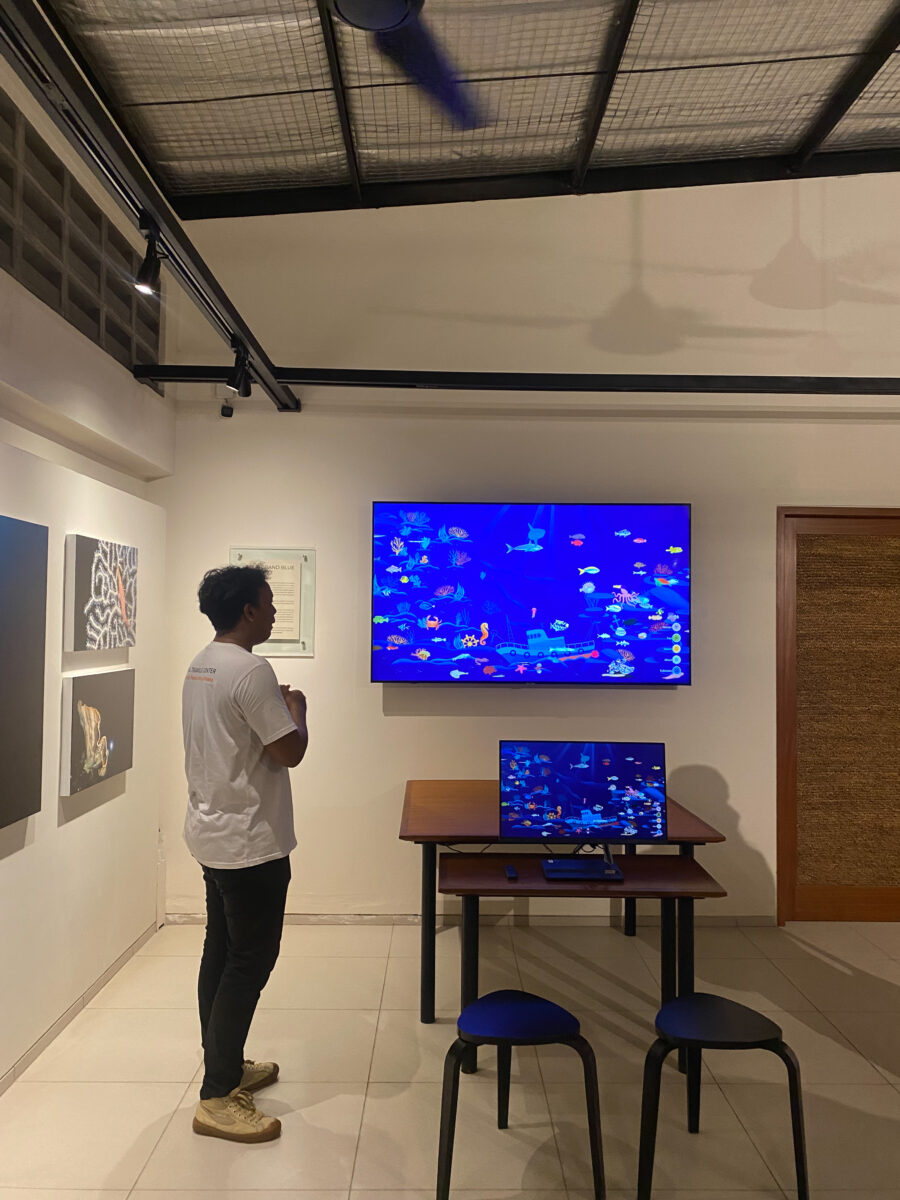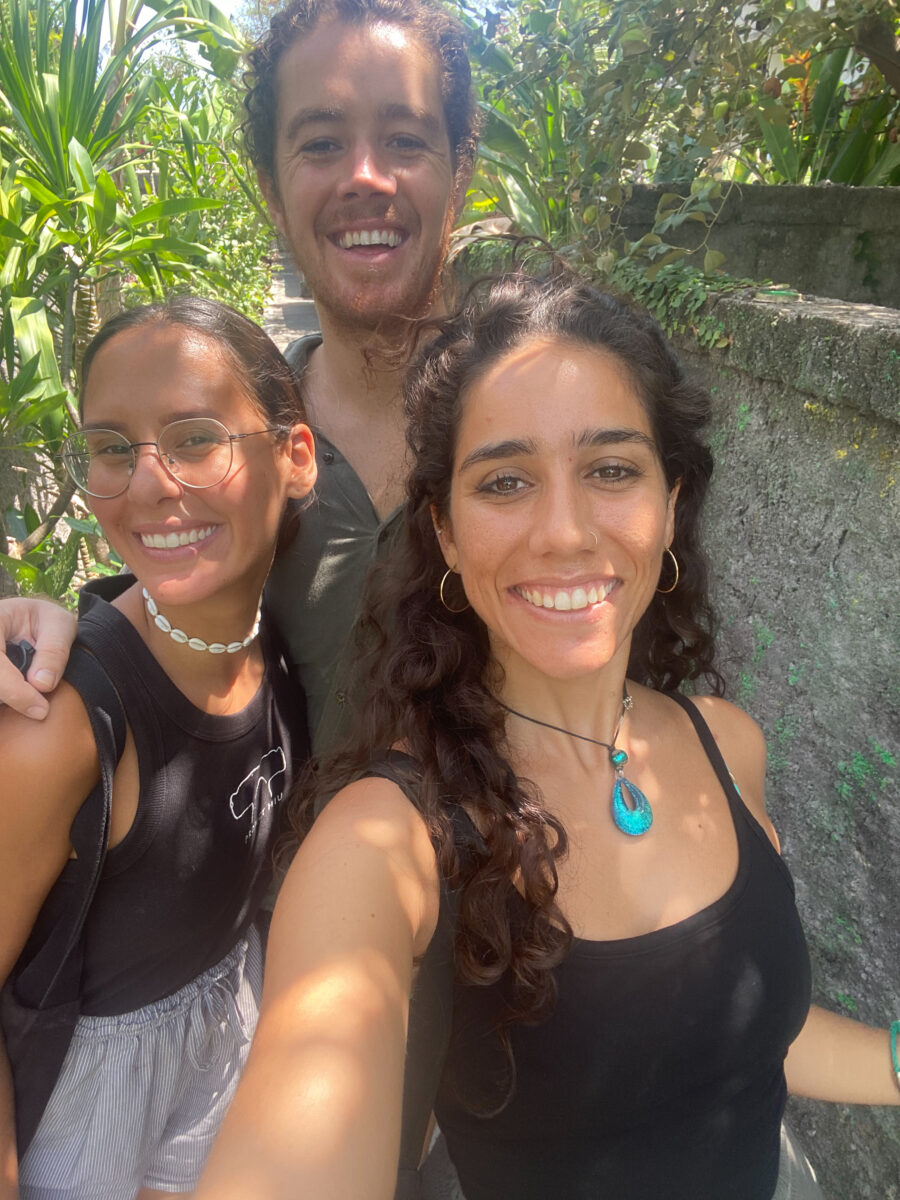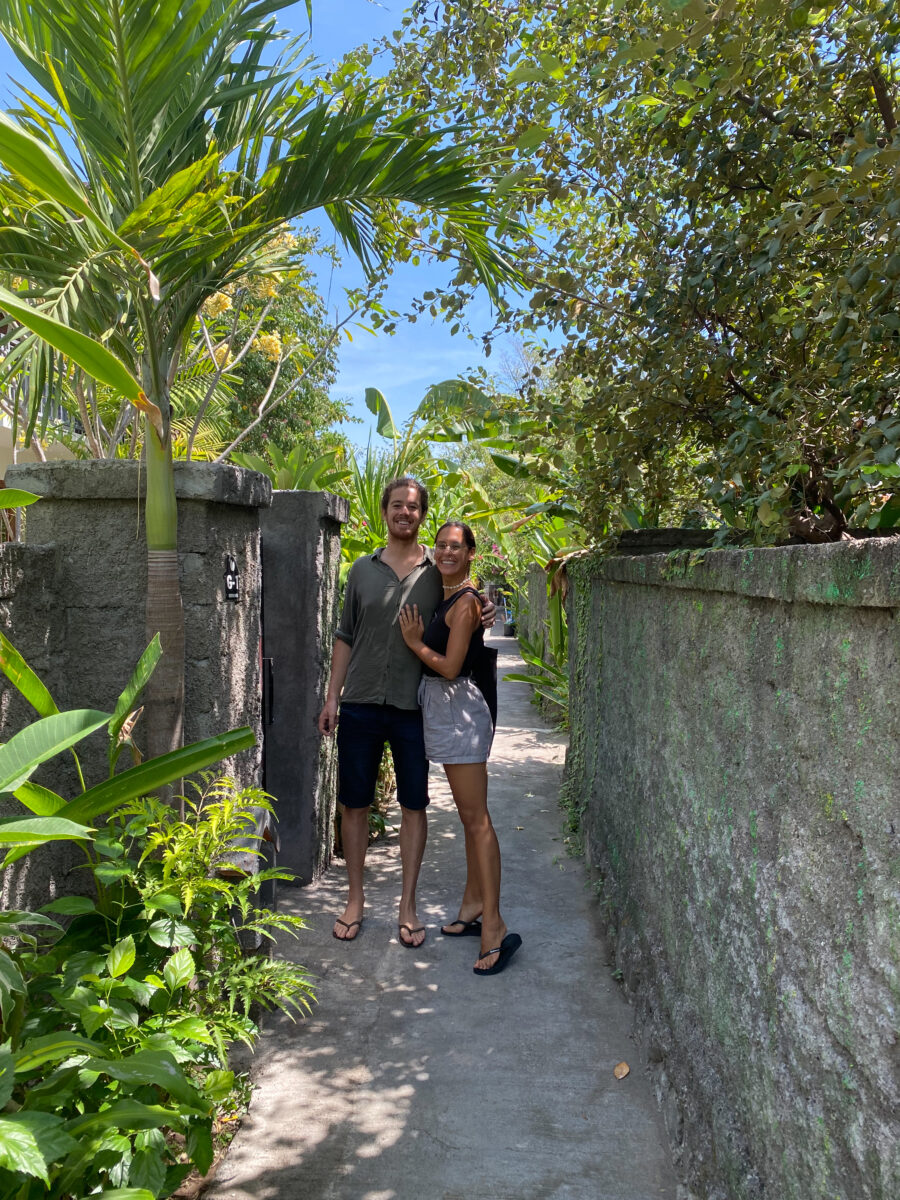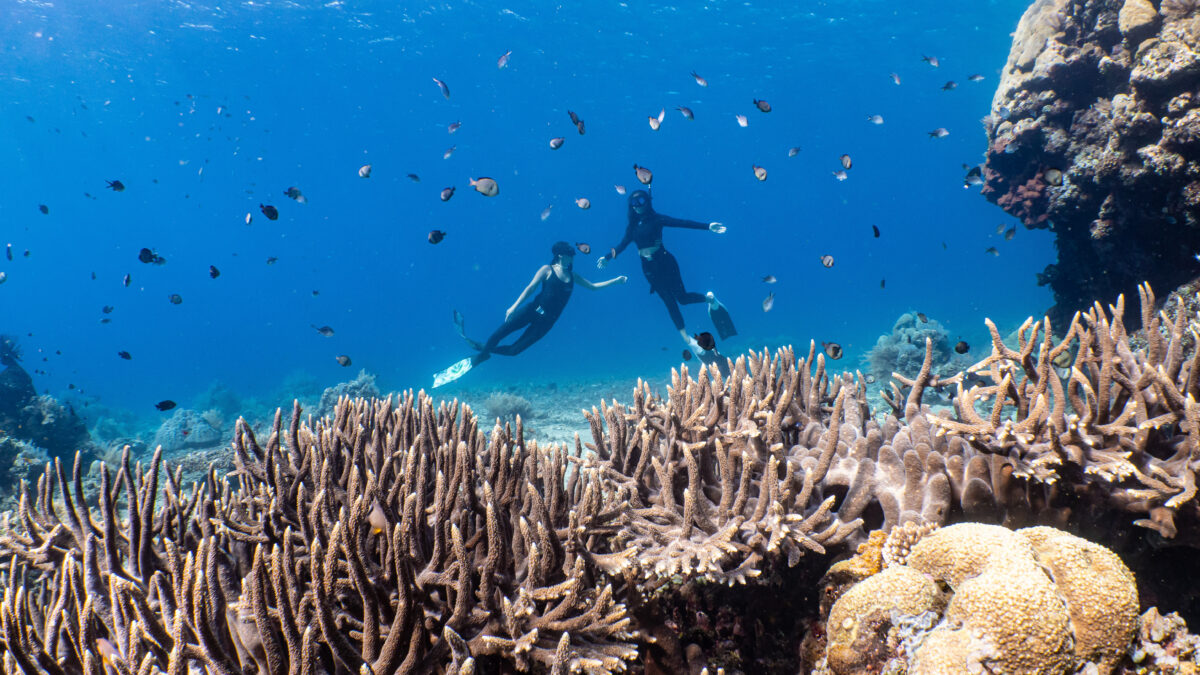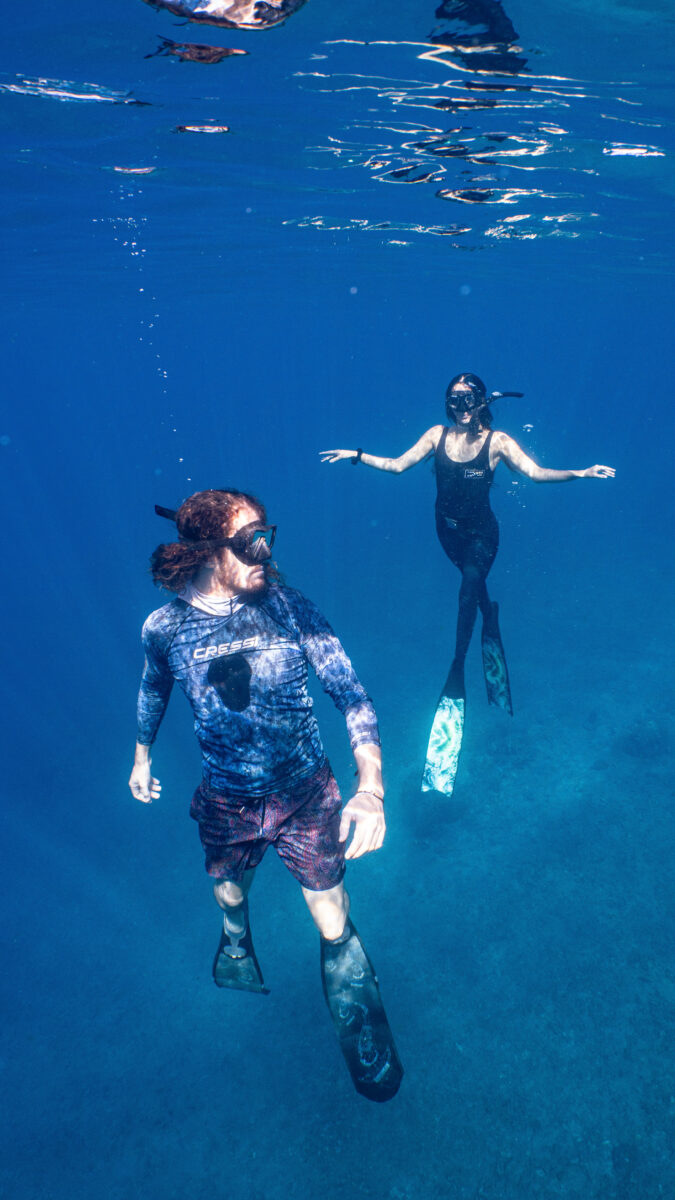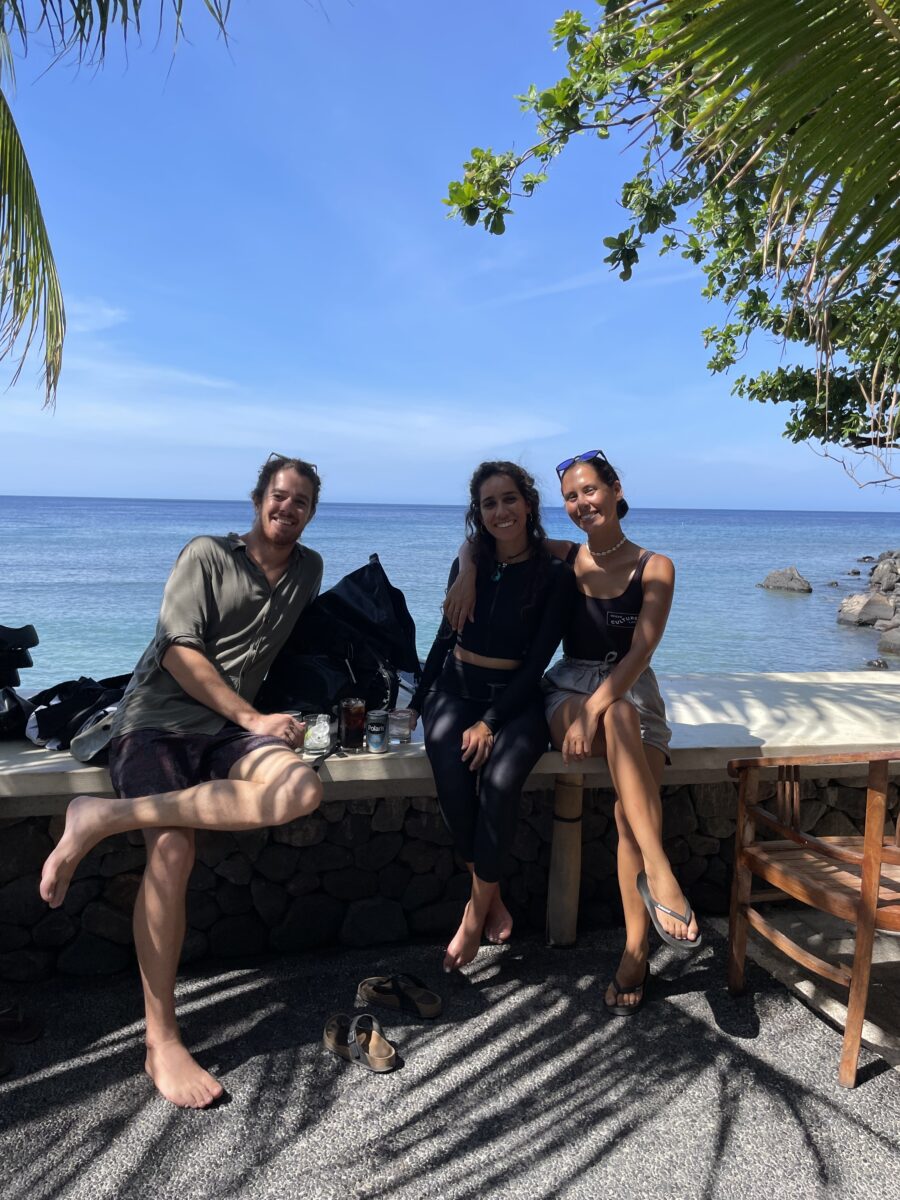After Raja Ampat, I had the opportunity to spend three weeks working with the Coral Triangle Center (CTC) in Bali. CTC is a non-profit organization founded in Indonesia, that works to establish conservation projects, resource management strategies and marine monitoring systems throughout the coral triangle region. They collaborate with many island communities to establish effective conservation programmes that engage local knowledge and address economic, social and environmental challenges.
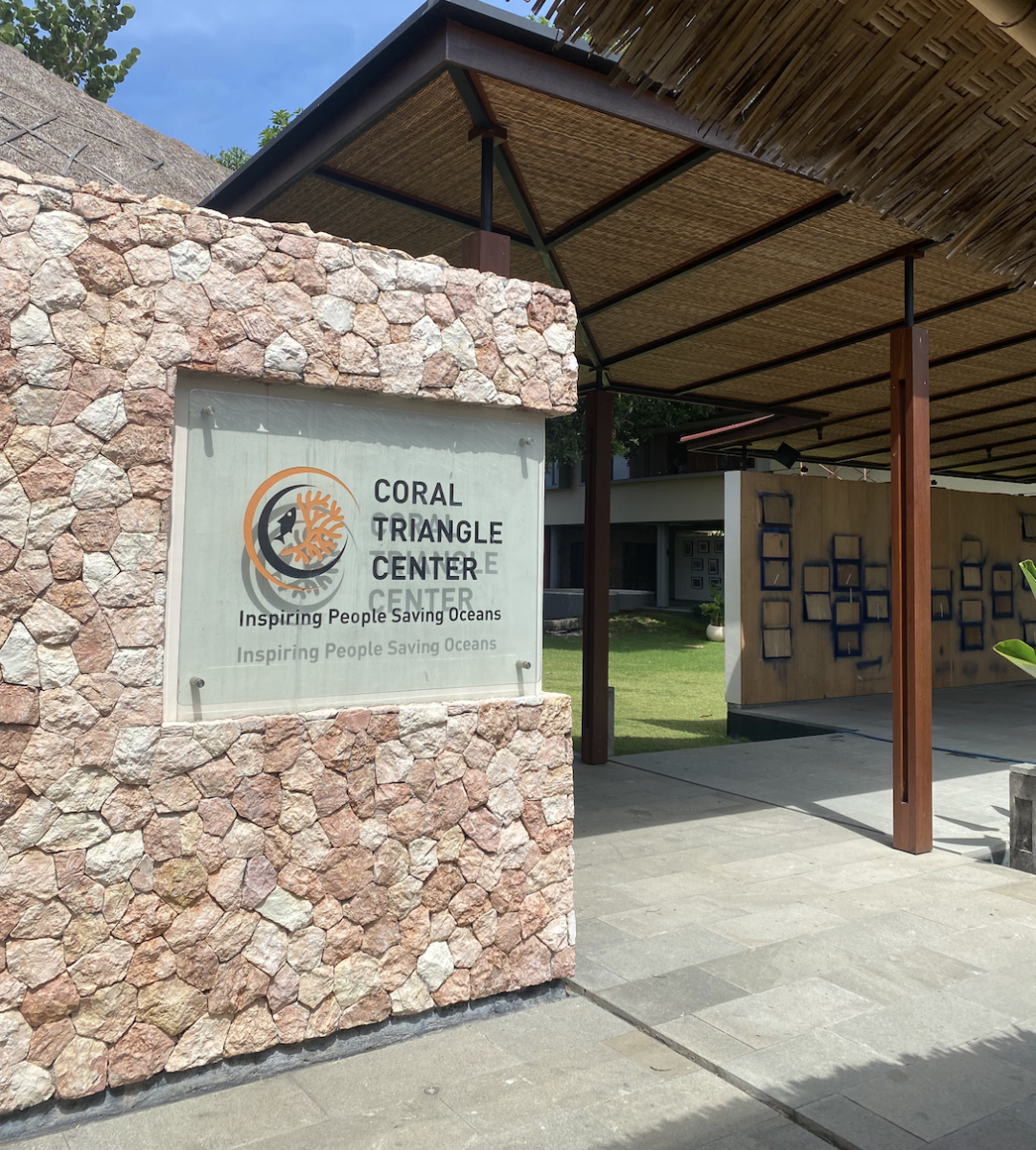
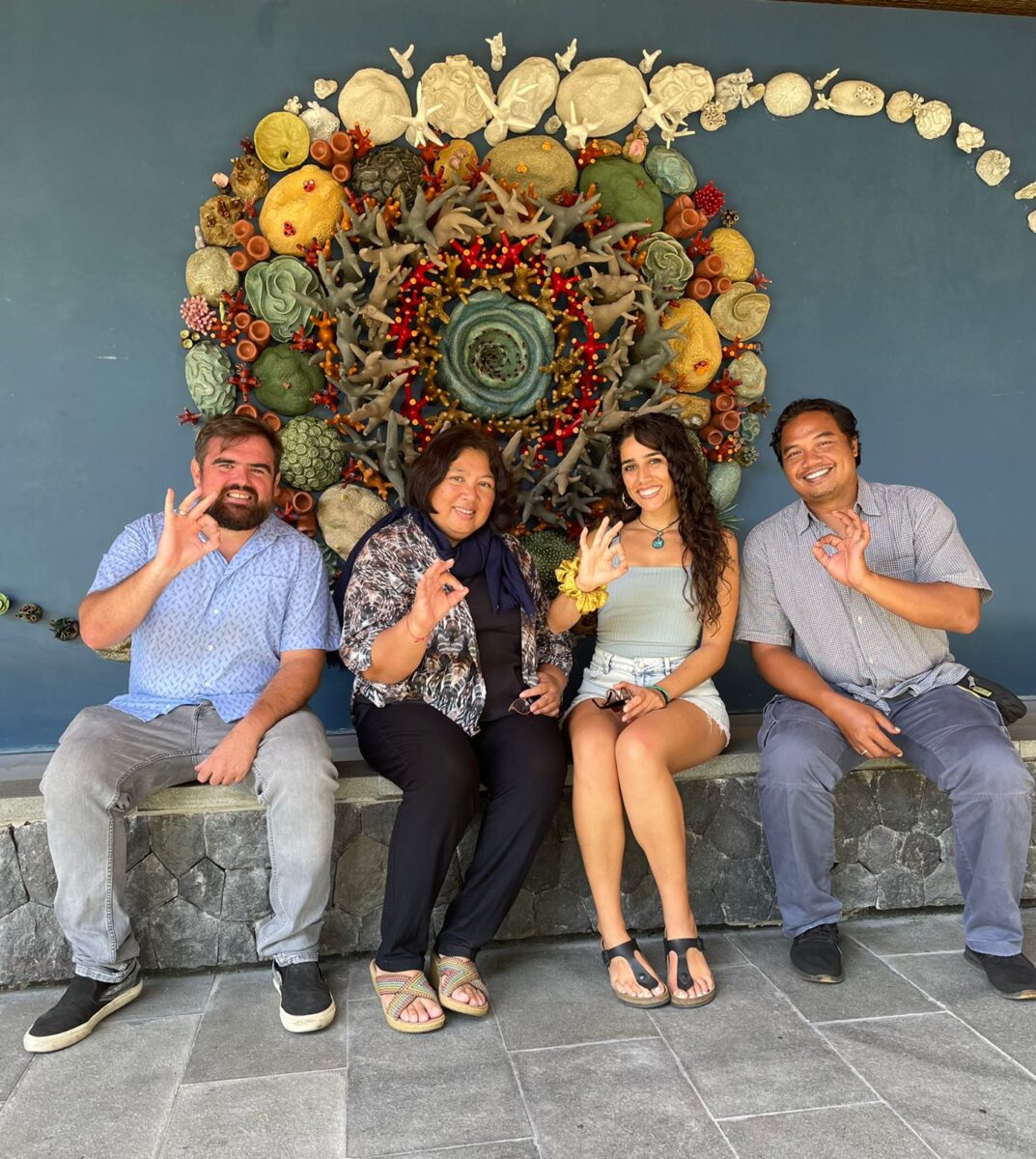
When I first arrived to the Coral Triangle Center, I was given a tour by Herri Wati, the director of Education. As we walked through the grounds. I was in awe at what I saw. She walked me through the different buildings and explained their functions, as well as stopping to describe the various art installations. The Center featured an impressive array of local and international art, all with meaningful environmental messaging.
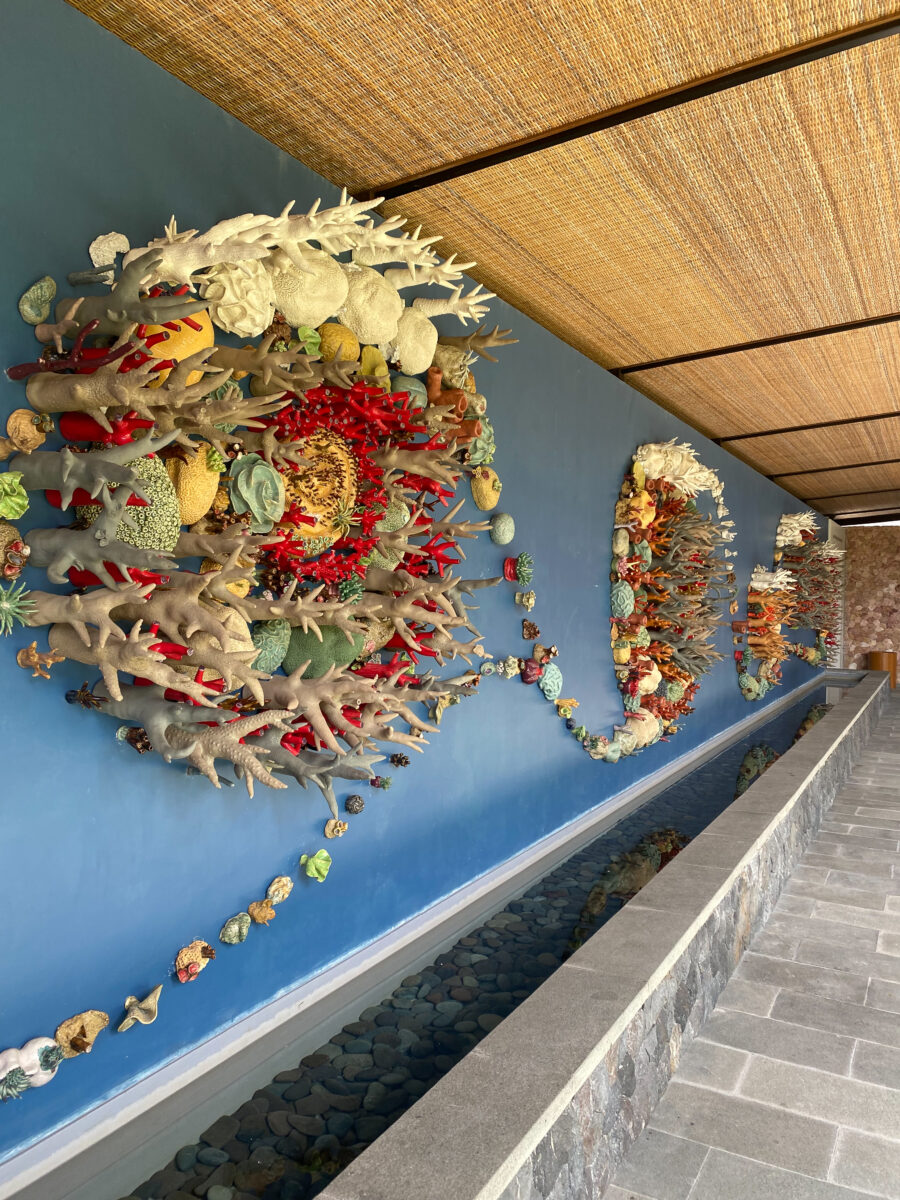
Handmade coral ceramics at CTC
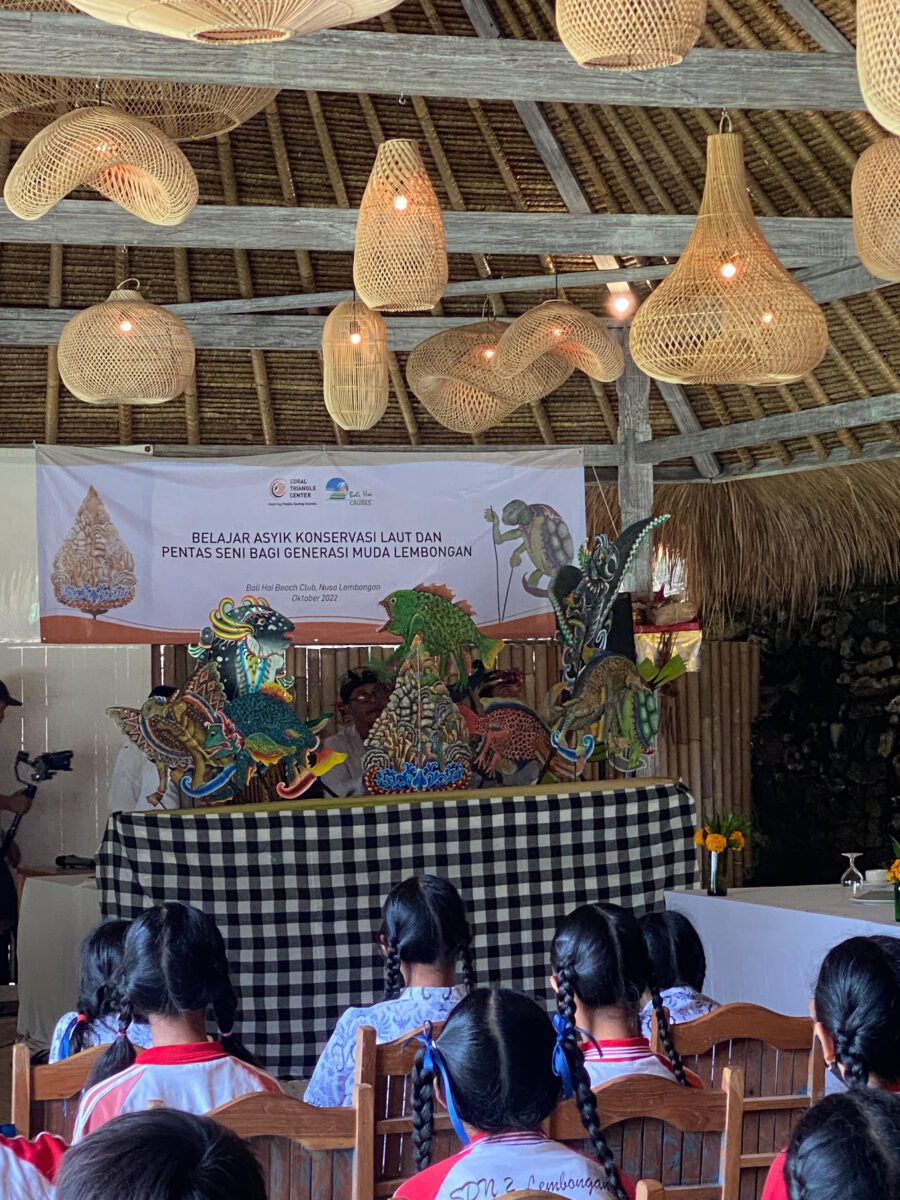
Traditional Shadow Puppet performance.
Their community center was designed to offer services that the community at large could benefit from. There were event and meeting spaces for both the staff and others to benefit from, a pool for local dive instructors to rent, a permanent education and art installation room for visitors to walk through and escape rooms where the public could come and play a game that helped them learn about the importance of marine stewardship.
Over the next few weeks I had the opportunity to join on a variety of projects with CTC, including environmental outreach and education, marine monitoring and community management. We spent a week on Nusa Penida Island, one of their Marine Protected Area project sites, piloting a new monitoring programme for reef health and conducting community surveys to analyze the use of the marine protected areas. We used transects and photo documentation with quadrats to record coral and fish abundance and biodiversity, contributing to a longterm dataset that helps assess the effectiveness of the marine protected areas.
We used two different methods to survey the benthos. One was a point intersect transect, where a trained individual would go along a transect and ID the different types of coral at every half meter. The second method required a person to swim along a transect and take a photo of the benthos at every half meter, using a contraption designed to ensure that the same amount of seafloor was photographed in each image, standardizing the process. The photos would later get uploaded onto a program that used a mix of AI and experienced scientist to ID the coral cover. This second method was being trialed for the first time by the CTC team. If it was successful and yielded similar accuracy to the first method, this method would get adopted across all the reef monitoring projects. The benefit of this method was that it eliminated the need for experienced professionals to survey the reef. Community divers could be enlisted to survey the reefs instead and then upload the photos to the AI program. Methods like this open the doors for more accessible monitoring and citizen science. It was exciting to see these methods in action.
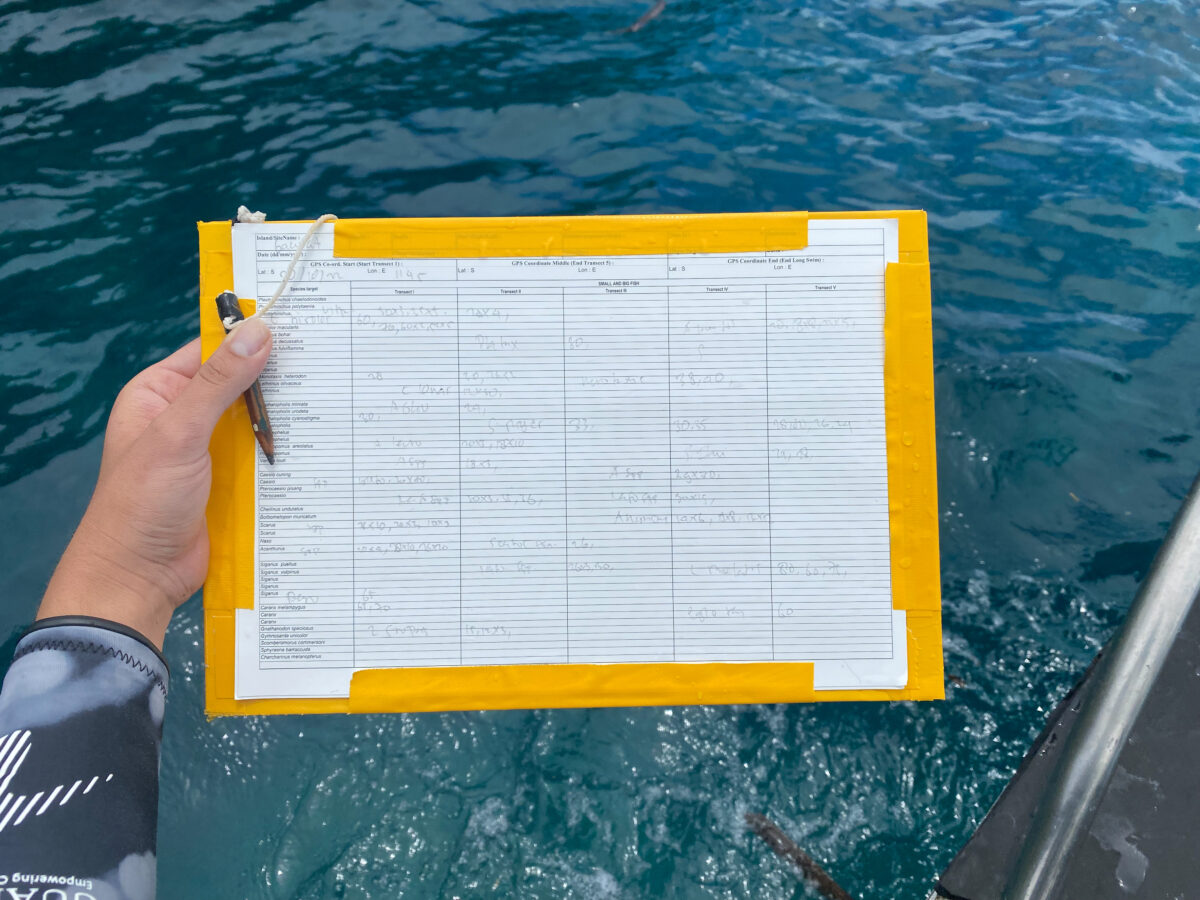
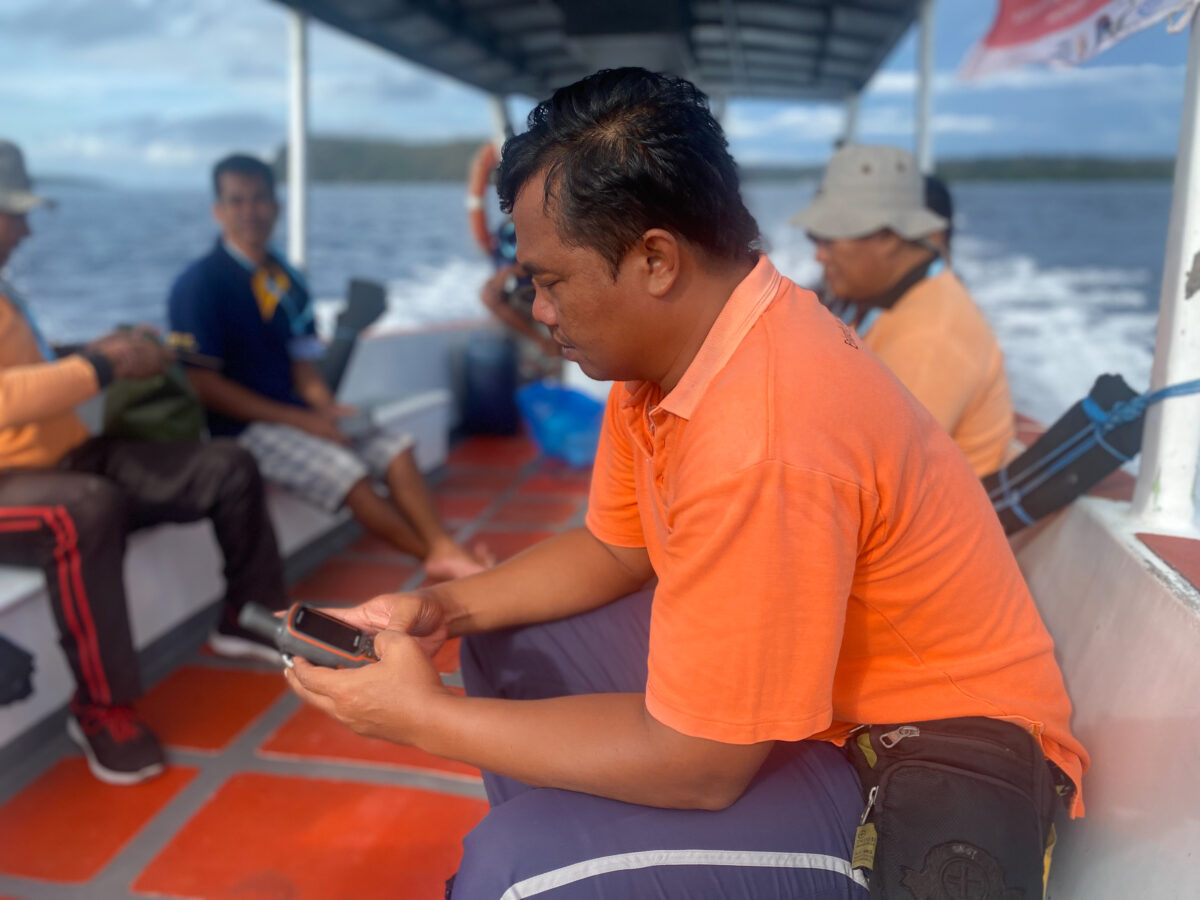
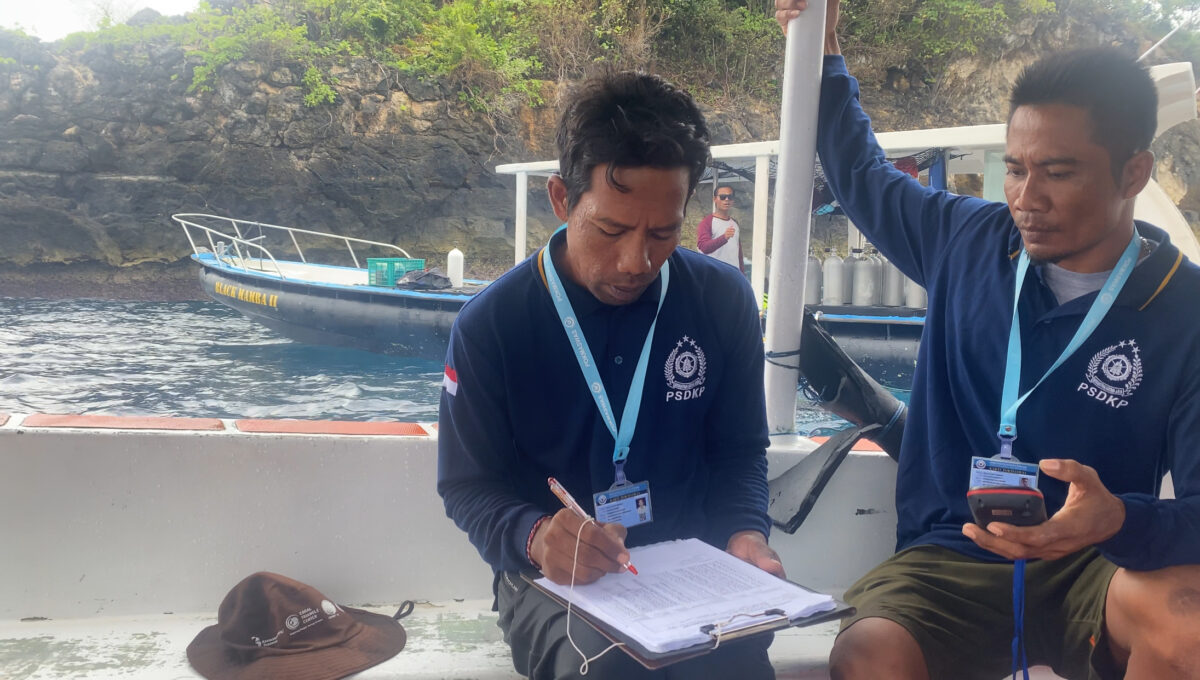
While on the islands, I also had the opportunity to learn about their community coral outplanting project. CTC used the reef star method, a technique used to restore coral reefs in areas where the bottom substrate has been reduced to rubble. The metal frames of the reef star provide such a structure and the fragments that are attached grow very rapidly. CTC works with the local island community on Nusa Penida to maintain the restoration sites, effectively engaging communities in conservation management.
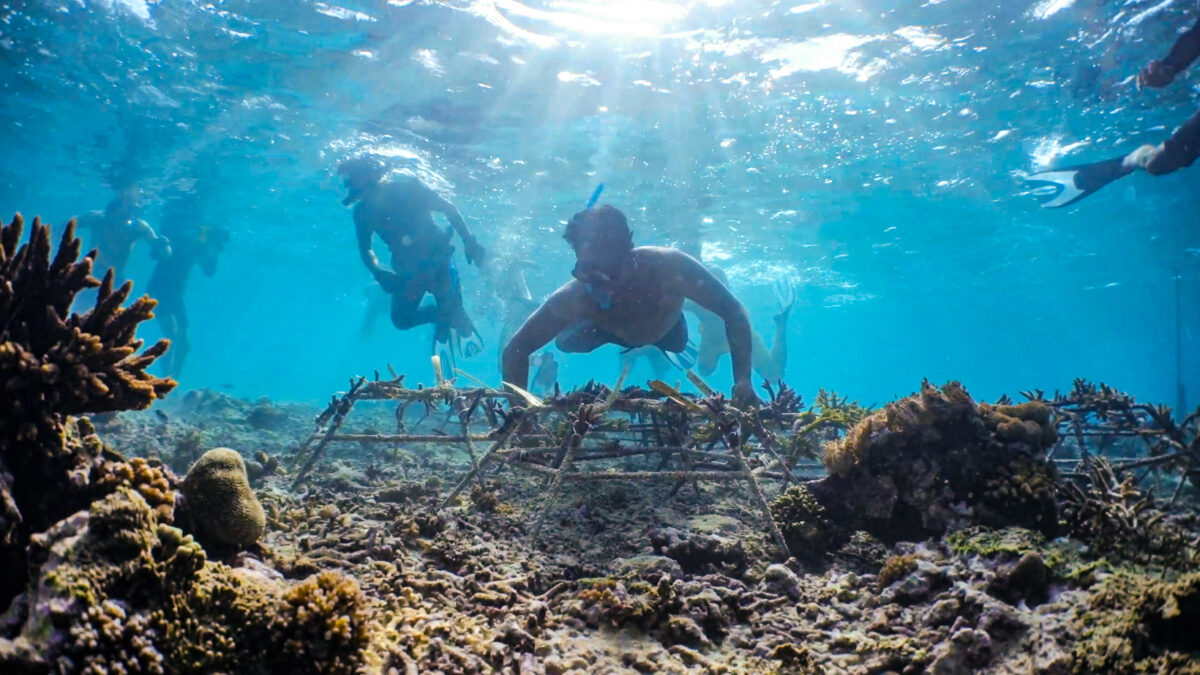
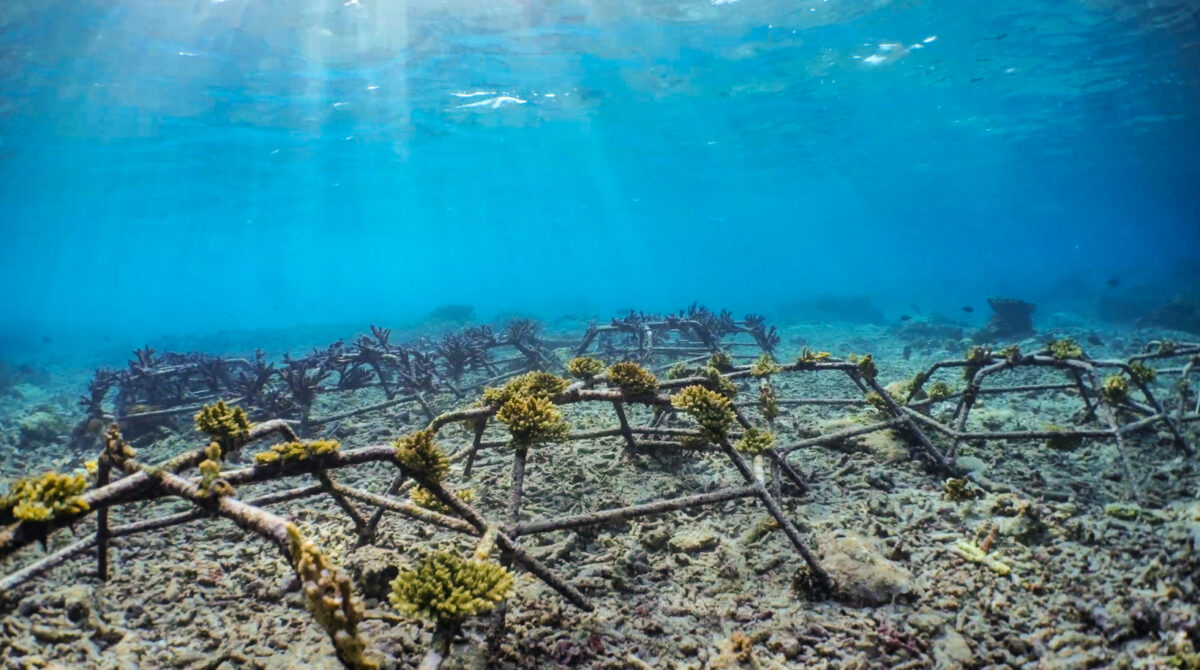
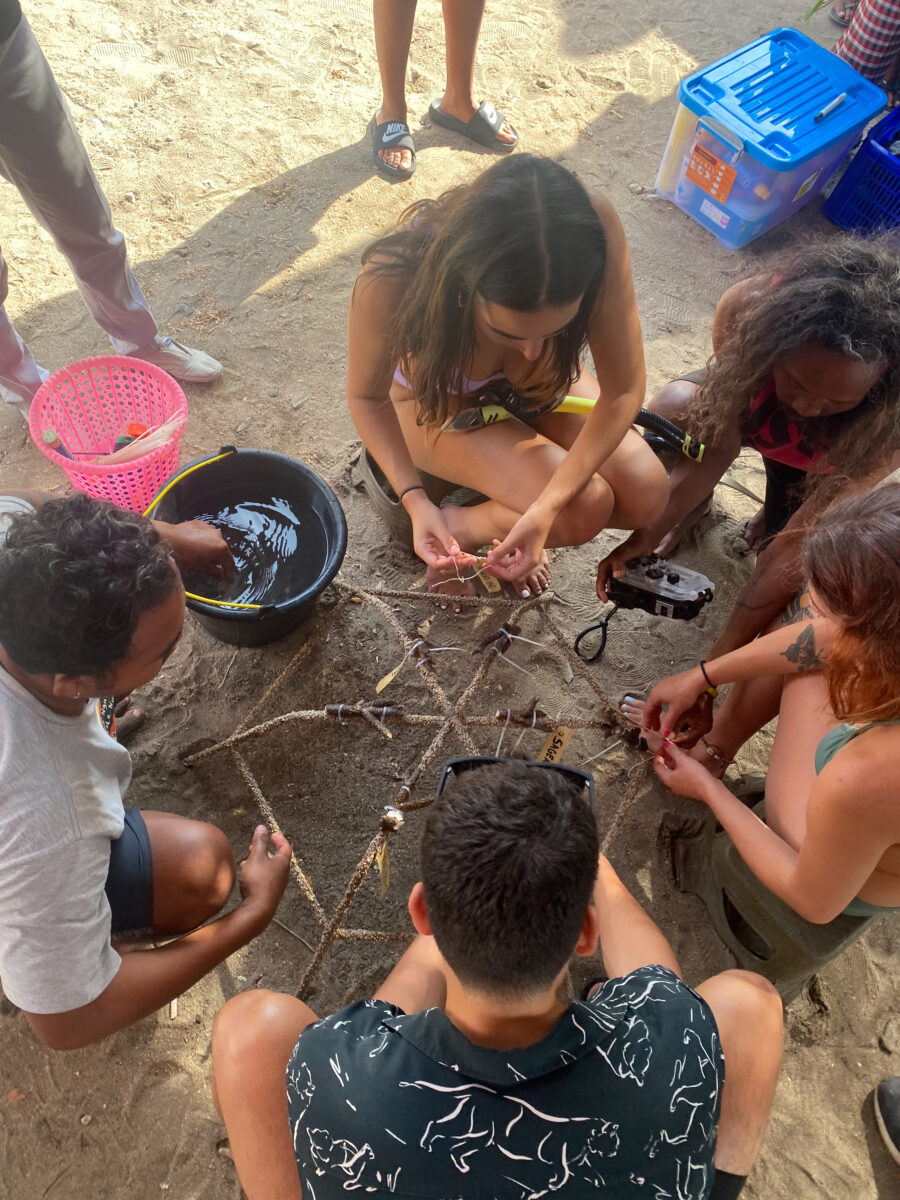
When not in the field, I spent the rest of the time at their office where the Coral Triangle Center does an incredible job of combining arts, culture and conservation in an engaging and innovative manner for the public to interact with. I learned about their many conservation and management projects throughout the islands that addressed issues from food security, to plastic pollution to community development, all through an ocean lens. Learning from them was a great way to be introduced to conservation in Indonesia.
While in Bali, I was able to go visit Arzu Askin, last year’s European scholar, who was living on the island. Getting to connect with other scholars is always a joy and “Zuzu,” who had just finished her year, provided such welcomed encouragement and advice. I spent the day with her and Jono, exploring the reefs that were their backyard. We spent the day in their beautiful town of Amed, with its beautiful fields under the mountain. Seeing them gave me the little haven of inspiration, tranquility and rest that I needed as I continued on my journey.
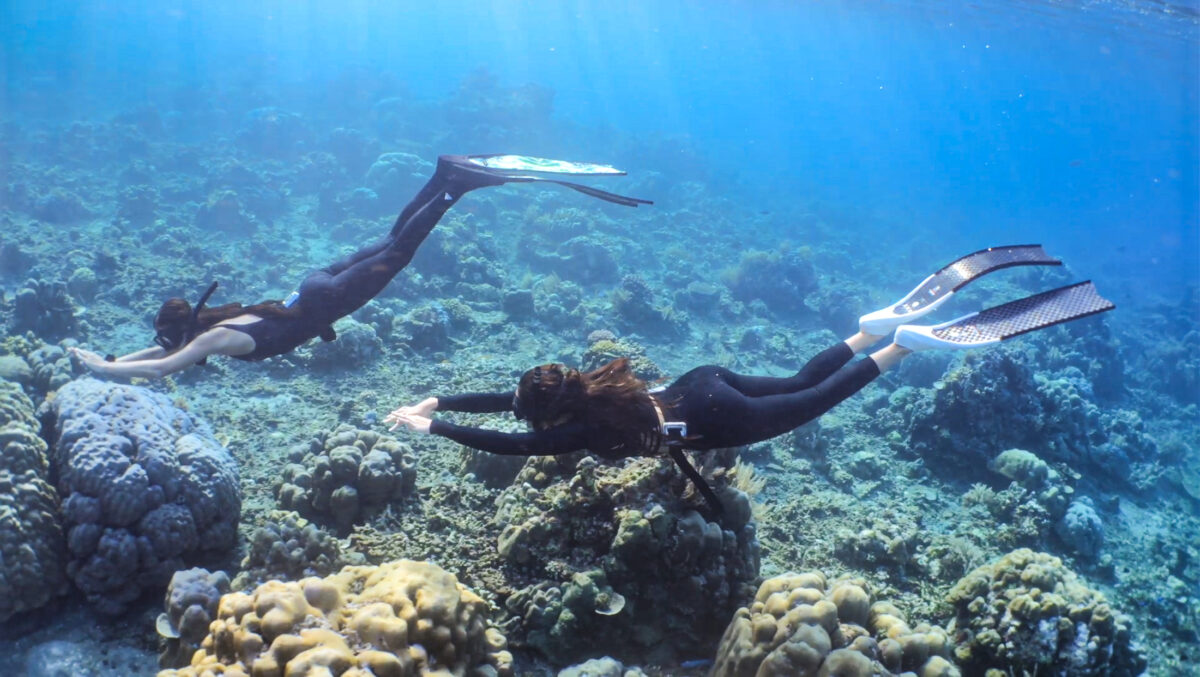
A huge thank you to Rolex, Our-World Underwater Scholarship Society, DAN, and my product sponsors Aqua Lung, Diving Unlimited International (DUI), Fourth Element, Halcyon, Light and Motion, Nauticam and Reef Photo and Video for making these opportunities possible. A big thank you to the Coral Triangle Center for hosting me during my time in Bali! I am looking forward to where the rest of the year will take me.
